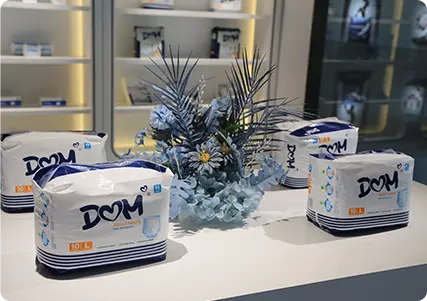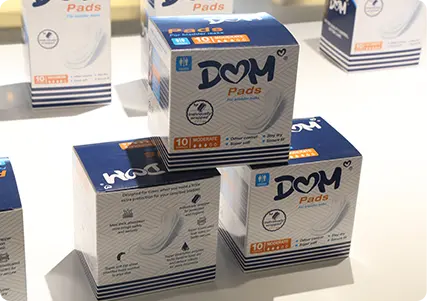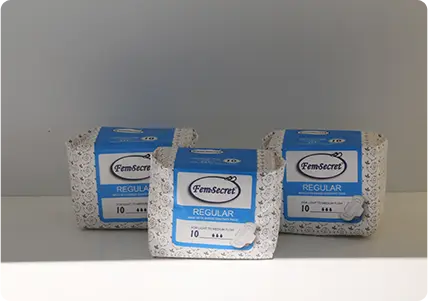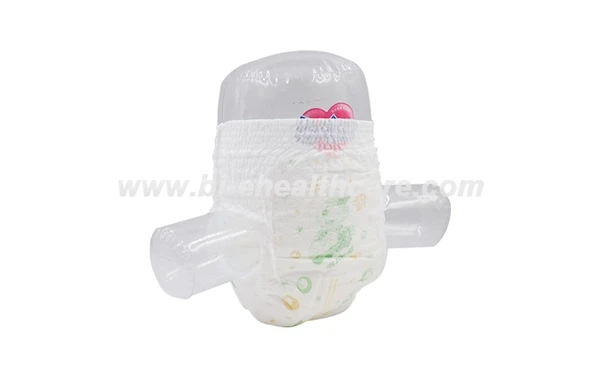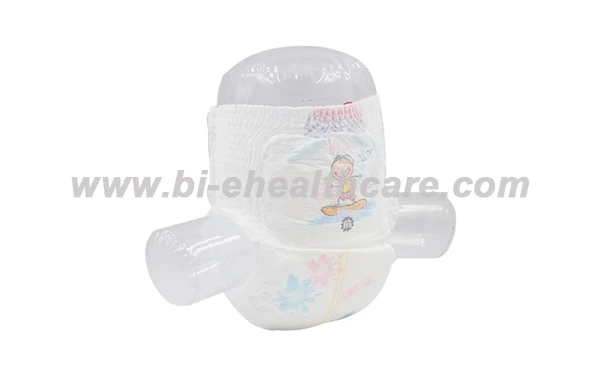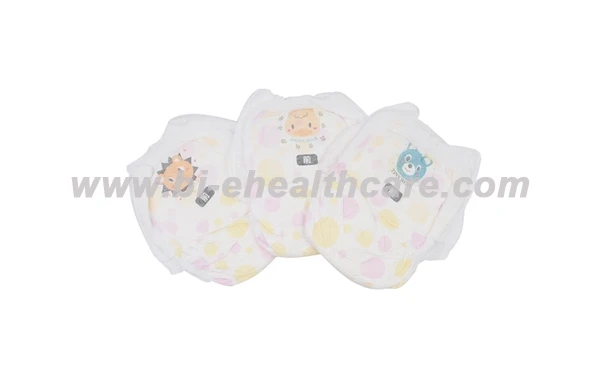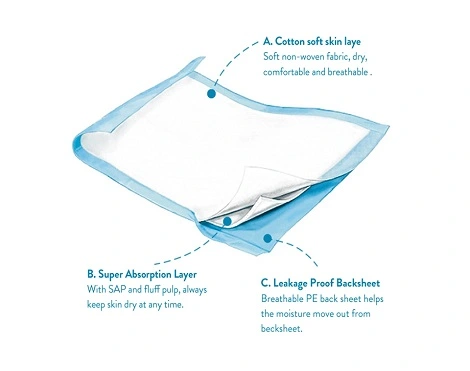- Brand influence and market potential: choosing a brand with high visibility and clear market positioning can effectively reduce marketing difficulties. Examine the brand's market penetration and future growth potential, paying special attention to the brand's performance in the local market or target market.
- Product quality and differentiation: Ensure that the product has excellent quality and certain differentiating features that can differentiate it from existing brands in the market and attract specific consumer groups. Pay attention to whether the product has new technology or material innovation, such as ultra-thin, environmentally friendly materials and other trendy products.
- Supply Stability and Supply Chain Security: Select manufacturers that can provide stable supply to ensure that there will be no out-of-stock or delayed shipment. At the same time, it is important to assess the manufacturer's responsiveness and support in logistics, warehousing, after-sales and other supply chain aspects.
- Price and profit margin: analyze whether the product pricing is in line with the local market consumption capacity, and calculate the agent's profit margin. Generally speaking, high-end brands have higher profit margins, but the initial promotion costs are larger; while low-end brands are easy to promote but have limited profit margins.











